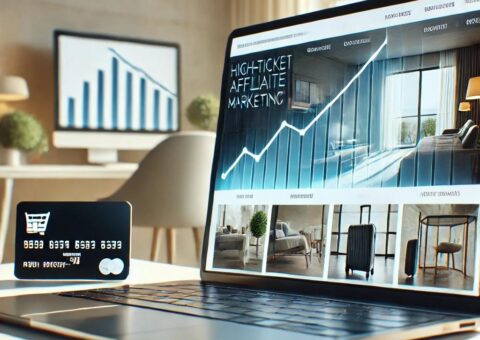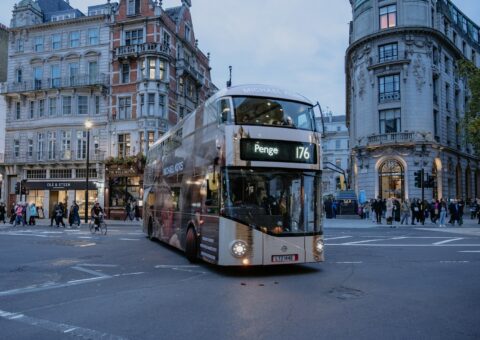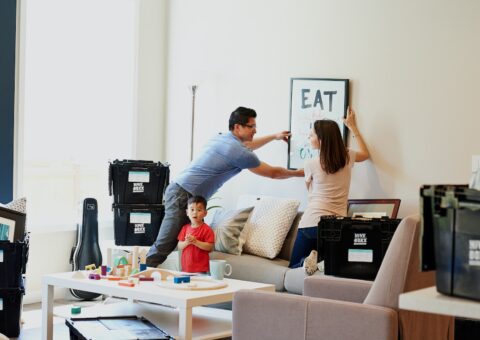On average, 2.5 million burglaries occur each year. If you’re a property manager, you must protect your residents from theft and intruders.
Does your current security strategy provide enough protection for your tenants?
Keep reading if you’re unsure whether your security strategy is robust enough to face the modern threat climate. In this guide, we will discuss five basic steps property managers can take to increase security for residents.
Access Control For Building Security
One of the most crucial aspects of a security strategy for property managers is ensuring that your property is only accessible to tenants and guests. Keeping your property secure from intruders will keep it a safe space for tenants and protect them from potential property damage and theft.
Consider investing in an access control solution to keep intruders out but allow your residents to access the property quickly. Access control door locks operate using keycards, fobs, or mobile credentials. Replacing keys with this technology ensures that your property isn’t vulnerable to lockpicking.
With a cloud-based access control system, you can manage your residents’ access and update your strategy based on terminating or beginning leases. You can activate new cards from anywhere using a browser-based control center.
You can deactivate cards from anywhere, which could be helpful if your tenant reports their card is stolen. Acting quickly will lessen the likelihood of an intruder using the card to enter the property.
Additionally, if one of your tenants becomes locked out of the building, you can operate door locks remotely using a cloud-based control center or mobile application. You can open the door quickly, without visiting the site in person – which means your tenant won’t be left vulnerable waiting for you on the street – which could be especially dangerous at night.
Suppose you’re looking to provide tenants with a more convenient access control solution and cut costs on keycard and fob replacement. In that case, you might consider opting for a mobile-first access control solution.
Visitor Management
Although you must secure your property from intruders, you must also ensure that your residents’ guests can enter quickly. By integrating visitor management software with your cloud-based access control solution, you can ensure convenient visitor check-in and accurate visitor logs.
A visitor management system integrates with your access control, providing visitors with digital registration forms to fill out upon entry. Once they have filled out the form, they can enter the building using temporary access credentials granted to their mobile devices. When they leave, the system will ensure they cannot re-enter without registering and logging their entry and exit time.
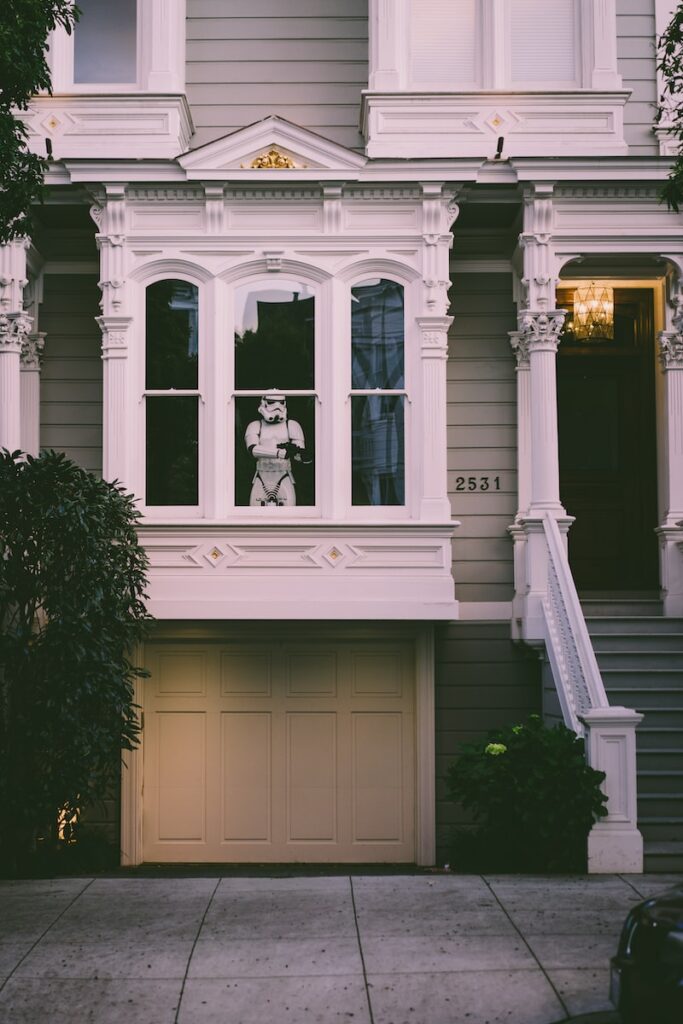
Installing Parking Garage Gates
In securing your tenant’s properties from intruders, you must also consider providing your tenants with a secure parking location.
Parking garages need to be secure for many reasons:
- Firstly, your tenant’s car could become damaged if an intruder enters the garage.
- Secondly, non-residents could steal your tenants’ parking spaces to access parking if your property is in a populated location.
- Thirdly, intruders could break into the garage and steal your resident’s car.
- And fourthly, people could loiter in your parking garage at night, making your tenants feel unsafe when walking to their car.
To prevent these instances, consider installing parking garage gates. You should avoid non-resident cars entering the facility and install barriers preventing non-residents from entering the property on foot.
Leverage Security Cameras For Shared Spaces
Surveillance cameras are a staple feature in any building security strategy. This is for two primary reasons:
- Firstly, it ensures that you have evidence should a crime occur on your property, and this evidence could aid in a police investigation or an insurance claim for you or your tenant.
- Secondly, security cameras can deter crime by letting individuals know they are being recorded.
You should place security cameras in all shared spaces in your building – including amenities, corridors, and entrances, along with your parking facility. You should reach out to an installation expert to help you ensure there are no blind spots in your system that a criminal could take advantage of to commit a crime on your property.
Opting for a cloud-based security camera system will give you more insight into potential security threats. It lets you view the security camera feed anywhere on your mobile device. If you see any suspicious activity, you can lock your building’s doors using your cloud-based access control features and contact the authorities to resolve the incident.
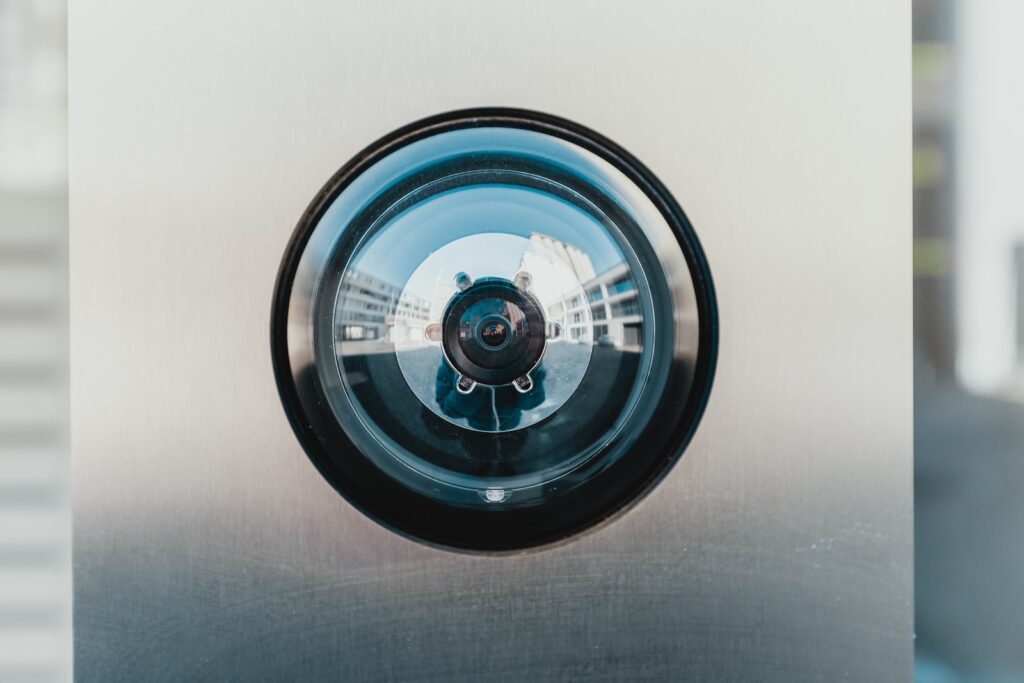
Use High-Quality Window And Door Materials
If you’re considering ways to make your building more secure, you shouldn’t neglect to view the materials of your windows and doors.
If your doors and windows are made from poor quality or thin materials, this presents a security risk – an intruder could easily break into your home by smashing your glass windows or breaking down your door.
So, it’s best to opt for more robust door and window materials that will not permit breakage. Some property managers opt for wired and thicker glass types to ensure the windows are not susceptible to breakage. Opting for thick wooden, glass, or metal doors can also help you to confirm your entries could not be broken down by a motivated intruder.
Summary
As a property manager, you are responsible for ensuring your tenants feel safe in their homes. You also have a responsibility to keep your tenants’ belongings secure. Consider your current security strategy and where there might be gaps or vulnerabilities. Then consider whether any security essentials listed in this post could mitigate these vulnerabilities. A safe property will drive value and achieve ROI.



